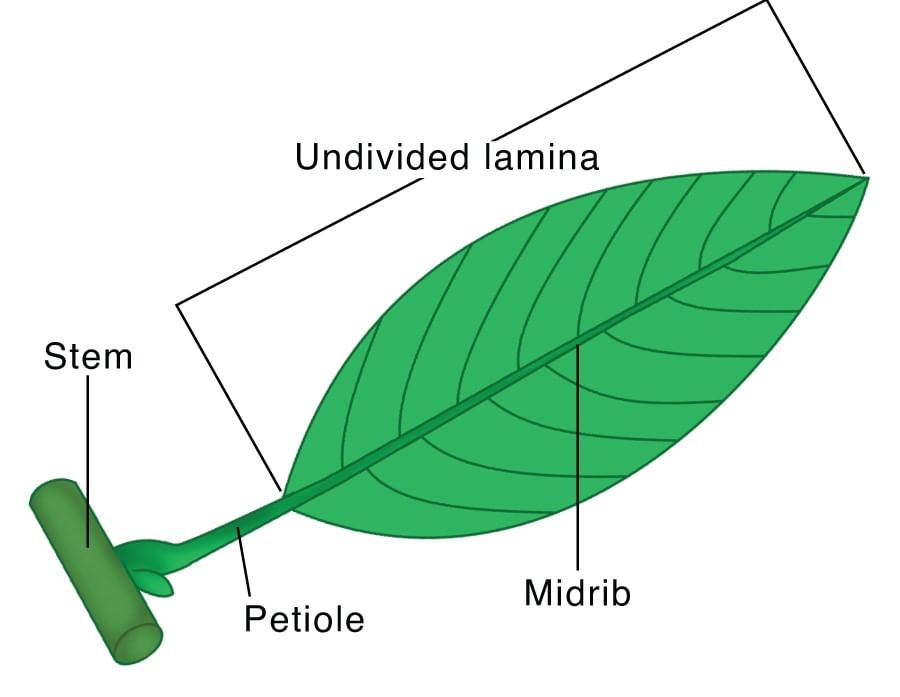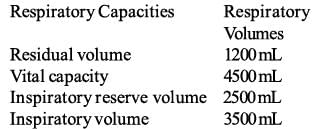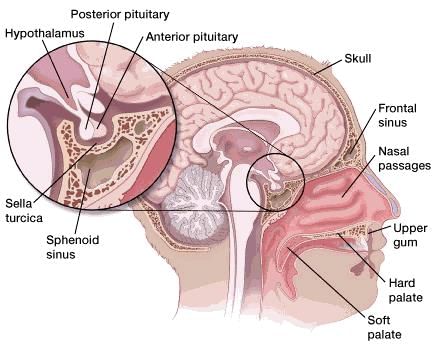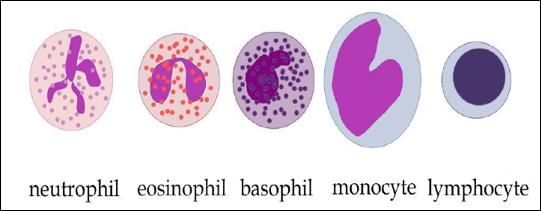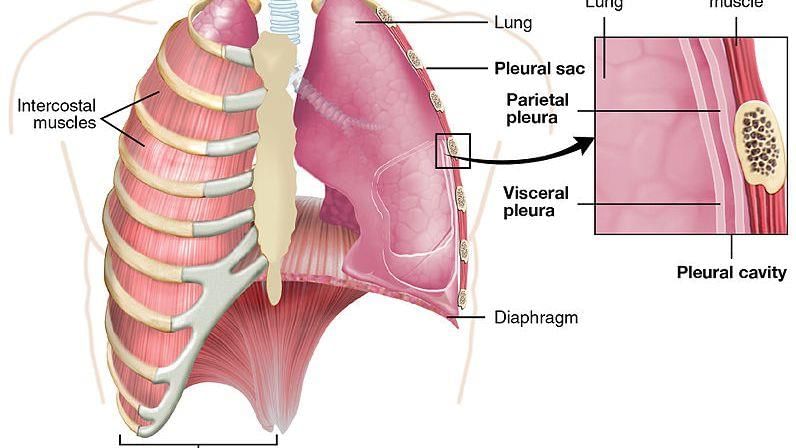SRMJEEE Biology Mock Test - 1 - JEE MCQ
30 Questions MCQ Test - SRMJEEE Biology Mock Test - 1
In the pelvic girdle of man, A B, C, D and E, respectively, represent
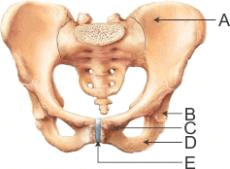
At which stage of mitosis, the two daughter chromatids separate from each other, migrate towards the opposite poles and are now referred to as chromosomes of the future daughter nuclei?
Which among the following statements is incorrect about classification of flowers based on position of whorls?
The figure given below shows a small part of human lung where exchange of gases takes place. In which one of the options given below, the one part A, B, C or D is correctly identified along with its function?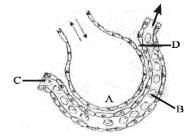
Identify the region of human brain which has pneumotaxic centre that alters respiratory rate by reducing the duration of inspiration.
Which of the following is not a part of glomerular filtrate?
Listed below ar e four r espiratory capacities (i–iv) and four jumbled respiratory volumes of a normal human adult:
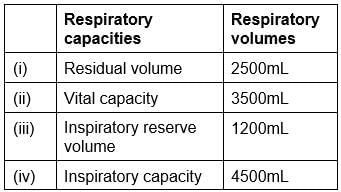
Which one of the following is the correct matching of two capacities and volumes?
Ascending limb of Henle’s loop is not permeable for :
Hormones secreted by the hypothalamus show their influence on ______.
During micturition, the muscles of urinary bladder and urethral sphincters will
Which hormone among these is not secreted by an endocrine gland?
Where (a) is a neutrophil, identify the other four WBCs?
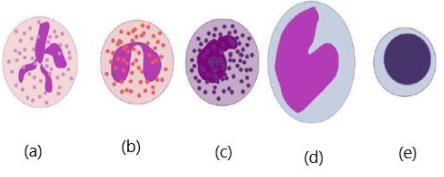
The inspiratory reserve volume + tidal volume + expiratory reserve volume is the same as
Read the following and choose the correct option:
(i) The instrument used for recording the heart’s electrical events is named electrocardiograph.
(ii) In any ECG the part of the baseline between any two deflections is called interval.
(iii) Abnormality in the working of heart changes wave pattern of ECG.
Read the following :
I. Infants and toddlers are often under habit of bed wetting since micturition is a reflex process.
II. Adults and grown up children can control this reflex process, voluntarily to some extent.
Which of the following integrates all the activities of the organs?
Lungs have a large number of narrow tubes called ______.
The lungs are enclosed in a covering called ______.
The problem of electrical discontinuity caused in the normal heart by the connective tissue separating the atria from the ventricles is solved by?



